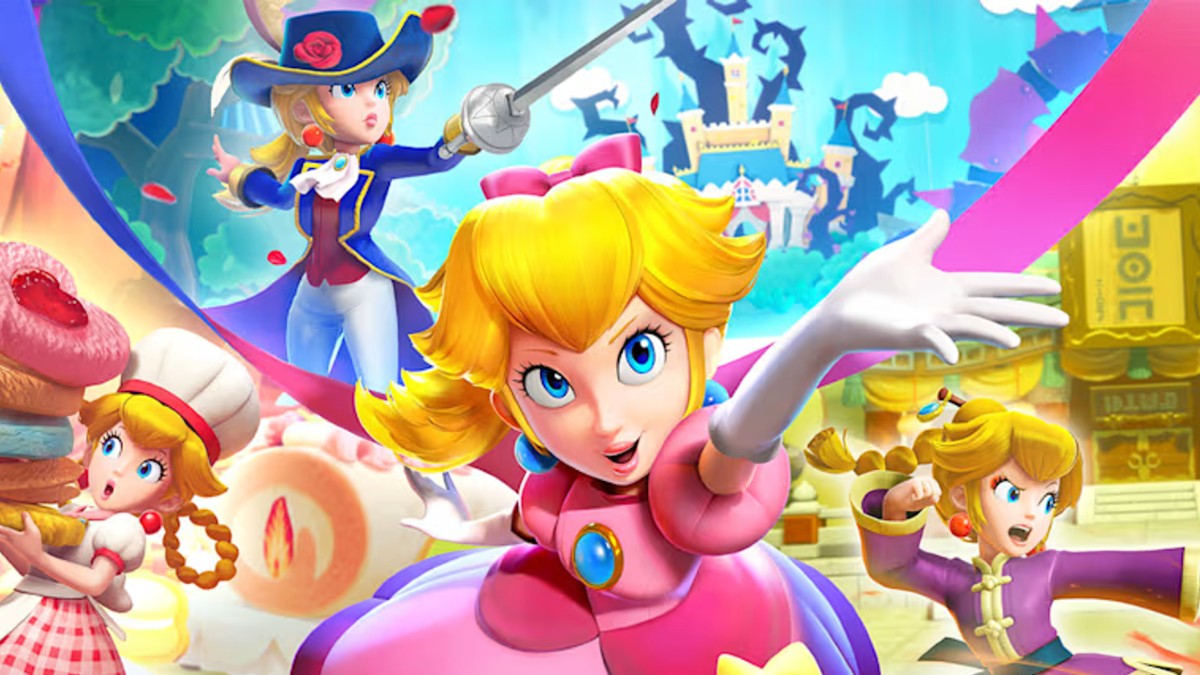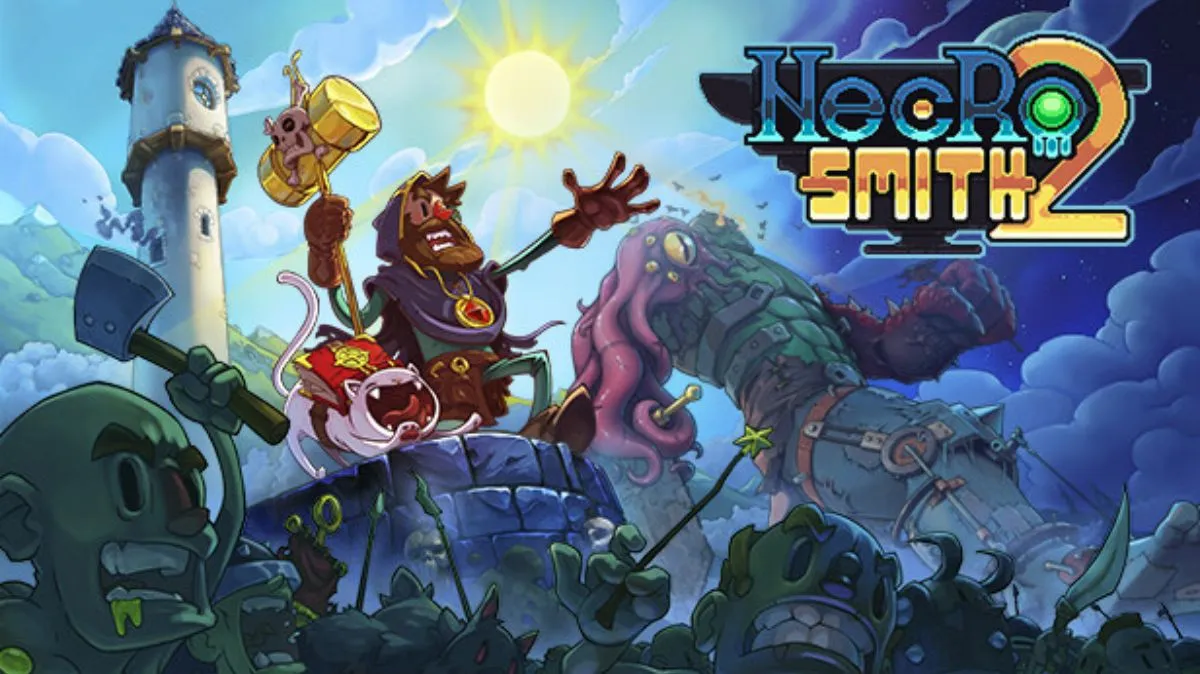
After Ikaruga, it looked as though Treasure had resigned itself to being the master of that antiquated genre, the shmup. It’s a tricky situation, when the best that might be said about your chosen genre’s fans is that they are the sort destined for fame as the documentary subjects in The King of Kong‘s inevitable sequel. Where do you go from there? The ensuing games from that studio were expressive of that conflict. A serious case of writer’s block, these games were fine pieces of craftsmanship but sadly conservative, and ran that fine line of irrelevance that’s become an endemic condition amongst Japanese developers. Fortunately, Treasure snapped out of its developmental ennui and released Bangai-O Spirits.
Although not a wholesale evolution of the shooter genre, Bangai-O Spirits is, at the very least, a significant deviation. Always veering towards abstraction, the shmup has recently made a total departure from any meaningful iconography, with Geometry Wars and Everyday Shooter having led the charge. Bangai-O Spirits is no different from those examples in that the game is populated by an enormous amount of objects with no apparent relation to one another. Soccer balls sit alongside giant robots, ants, ninjas, pineapples and all other types of ephemera giving the player the feeling that the game takes place in a kind of 16-bit era sprite junkyard. This feels appropriate because in 1994 this game would’ve been a genuine technical marvel, even with its massive slowdown issues, as hundreds of missiles and their vapor trails crowd the screen. Being able to recognize and appreciate this bravado is sure to bring a wistful look to any gamer familiar with the era. Make no mistake though, despite a very modern level of visual abstraction, sprite fetishes are a loaded aesthetic choice. It’s an obvious play for nostalgia, and such sentiments can trivialize an otherwise innovative game, pigeonholing it as the domain of, well, Treasure fans.
Despite Treasure’s excessive interest in the past, Bangai-O Spirits succeeds magnificently as a deconstruction of the shooter genre and shares many sensibilities with Wario Ware, itself a kind of post-modern take on the traditional notion of a videogame. Like that game, Bangai-O Spirits isn’t a linear start to finish experience; instead it’s a series of 160 levels, any of which are available to play through at the player’s leisure. The levels themselves are remarkably simple in that all of them take place inside a finite box or rectangle. Yet within this limited framework there is enormous variety, with some levels being all out bullet hells, others sliding block puzzles and the best, a combination of both shooter intensity and querulous puzzle game moments. What’s fascinating is that every one of the 160 pre-made levels can be finished in a myriad of ways – a striking departure from the highly structured design typical of the genre. The controls and weapons, unmistakably Treasure-esque in their initial obstinacy and eventual empowerment, make this possible. From missiles that bounce off walls and blossom like Chinese firecrackers, to baseball bats capable of whacking both enemies and projectiles across the screen, the player is presented with a plethora of gameplay-altering weapons, all available at the start of any given level.

Perhaps even more significant is that the game’s level editor is available to change, in real-time, the levels that Treasure itself has constructed. The editor also allows the player to provide themselves unlimited health or special attack ammunition. The power of the level editor, upon my initial discovery of it, felt heretical – and it is, in the best sense of the word. For Bangai-O Spirits, difficulty is a malleable thing because as the number of levels available is vast, so too should be opportunities allowing the player to experience such enormity. Of course the player can also create his own levels by populating one of the many box sizes the editor offers with all manner of enemy and obstacle. There is great motivation to do this as well, as the editor is easy to use and, even if you are lazy, dropping but one enemy in a level can be somewhat entertaining. The player’s creations can be shared via sound files through sites like YouTube. In theory, transmitting levels through the microphone on the DS seems wonderfully do-it-yourself and harkens back to the technology available during the halcyon days of the shmup. In actuality, it’s a pain to implement in anything less than a soundproof room (the sort with cones coming out of the walls) and I’ve only managed to download one custom level over the past dozen or so tries. It will be interesting to see if the finicky nature of this process impedes the proliferation of player content and communities the game hopes to foster.
With the game’s emphasis on user-generated content and accessible gameplay, Bangai-O Spirits shows itself to be very much of the moment. The infrastructure is undoubtedly the work of Treasure, but everything else is yours; an experience tailored to your liking, open for your interpretation. The game also isn’t about high scores or the lengths skillful hand-eye coordination can endure – the fanbase for such things is a known quantity. This is a game for a new audience. In its own way, Bangai-O Spirits is Treasure’s first toe into the ocean of casual gamers. It’s a hell of a thing then, that on its way to the casual market, Treasure managed to liberate an entire genre as well.
Bottom Line: If you thought shmups died when your cousin Leon cut his mullet, then you were right. But now they’re back.
Recommendation: Buy it. Otherwise you will spend that $30 dollars on a videogame with far more hype and far less entertainment value.
In 1989, Tom Endo got the cross on his gold plated necklace tangled up on the joystick of a Gradius cabinet and nearly asphixiated himself before getting his initials on the leaderboard.



